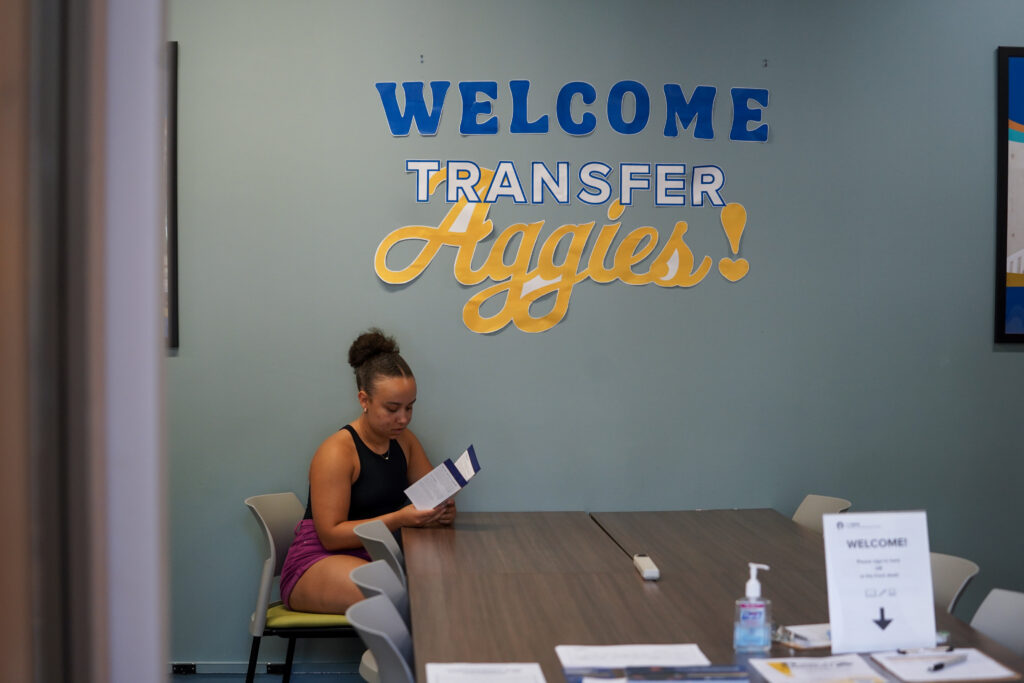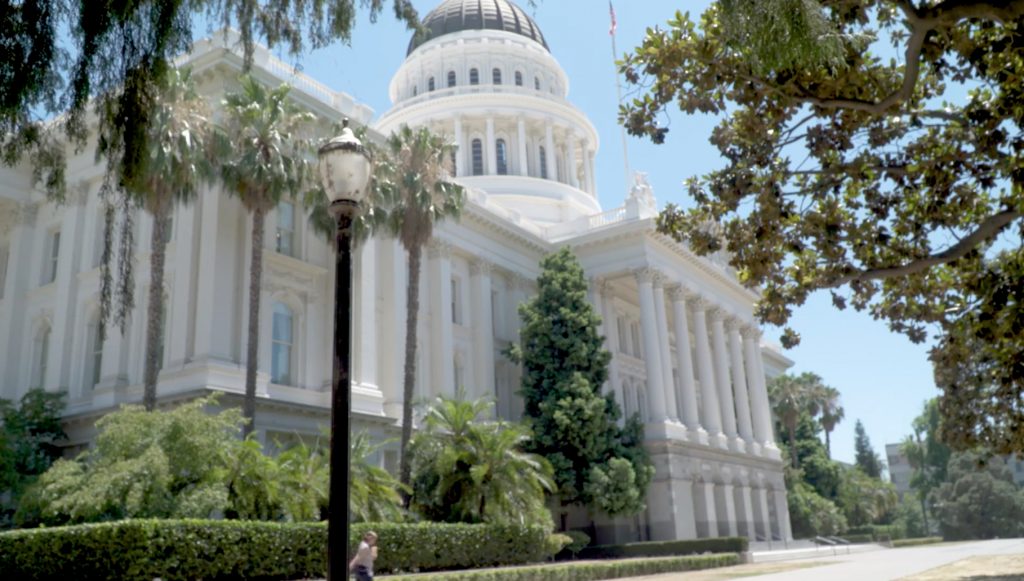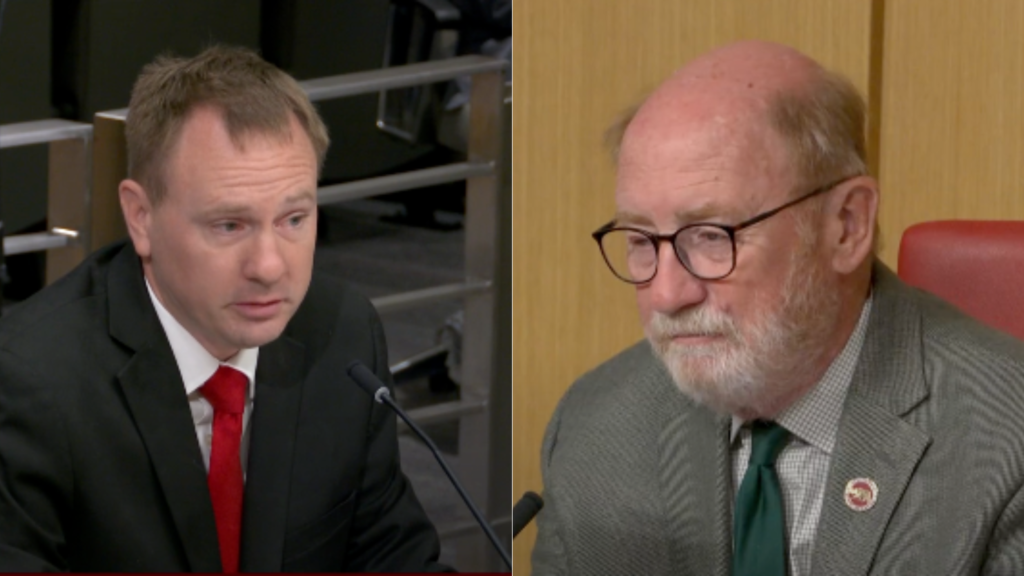
The Transfer and Reentry Center in Dutton Hall at UC Davis helps transfers get acclimated to their new environment.
Credit: Karin Higgins/UC Davis
In an attempt to make it easier for students seeking to transfer to the University of California, the Legislature and Gov. Gavin Newsom are in agreement on the framework for a new pilot transfer program between the community college system and UC, a top lawmaker told EdSource on Monday.
“This is monumental,” Assemblymember Kevin McCarty, D-Sacramento, said in an interview Monday. “This is the biggest transfer bill in over a decade and the first time we’re able to get pretty darn close to having a universal transfer process for all community college students.”
McCarty, the author of the bill, said the legislation was a negotiated compromise between the Senate, Assembly, Newsom’s office and UC. McCarty participated in the talks as chair of the Assembly’s budget subcommittee on education finance.
Rather than immediately creating a systemwide transfer guarantee, the newly proposed pathway would start as a pilot at UCLA in a limited number of majors and then expand to more campuses in limited majors. The bill states that UC must “prioritize admission” to students who complete an associate degree for transfer in the selected majors but does not state they need to guarantee admission to them at their chosen campus. If a student is not admitted to their chosen campus, the student would be redirected and admitted to another campus.
A UC spokesperson confirmed Monday that UC has been in negotiations with lawmakers and Newsom on “compromise legislation” but that UC has not yet taken an official position on the bill.
The bill is expected to get floor votes this week in both the Assembly and the Senate, according to McCarty.
Assembly Bill 1291 would first require that UCLA, beginning in 2026-27, prioritize admission for community college transfer applicants who complete an associate degree for transfer in certain majors. The specific majors have yet to be determined, but UCLA would need to designate at least eight of them. By 2028-29, it would expand to at least 12 majors, with at least four of them in a science, technology, engineering or math field.
By 2028-29, the new transfer pathway would also expand to four additional UC undergraduate campuses that have also yet to be determined. UC would choose those campuses and, like at UCLA, designate at least 12 majors at each campus and prioritize admission for students who complete an associate degree for transfer in those majors. The Legislature then intends to expand the program by 2031 to UC’s remaining four undergraduate campuses.
Earlier this year, McCarty introduced another bill, AB 1749, that would have required UC, beginning in 2025, to admit all eligible students who complete any associate degree for transfer, something the California State University system already does.
But UC opposed that bill, with officials for the system arguing that it would have disadvantaged students in certain majors — especially in STEM fields — because they would have entered UC underprepared for their coursework.
UC has yet to take a position on the latest bill because the university wants to be able to “review final legislative language” and evaluate “any potential last-minute amendments,” said Ryan King, a spokesperson for the system, in a statement to EdSource.
Currently, UC does not have a systemwide transfer guarantee for community college students. There are separate transfer admission guarantees at six of the system’s nine undergraduate campuses — all except UCLA, Berkeley and San Diego. But those separate guarantees each have different requirements for admission. And students who consider transferring to Cal State have to also deal with separate and different requirements for that system.
As EdSource has reported in a continuing series, “A Broken System of University Transfers,” the complicated process is a big reason why so few students successfully transfer from a community college to a four-year university in California and why many experts have called for a more streamlined transfer process. Most recently, a report published by the Public Policy Institute of California last month found that most California community college students who wish to transfer never do and states that “students would have an even clearer roadmap for transfer success” if UC were to participate in the associate degree for transfer as Cal State does.
McCarty said he’s hopeful his bill will be “a game changer” for community college transfers.
“Too often you have to have a doctoral degree to understand how to transfer,” he said. “We don’t have to reinvent the wheel. We have this system that’s been working for the community colleges and CSU, and I’m excited that we’re going to be able to expand this to the UC.”









